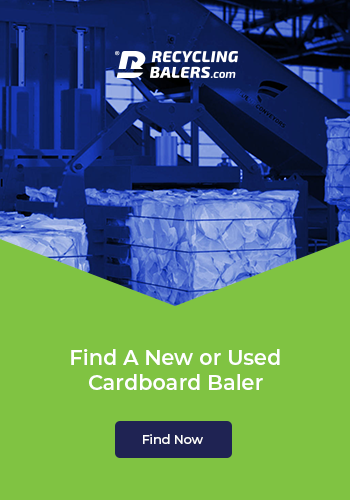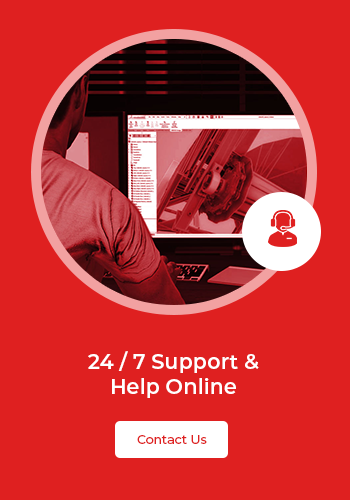Fixing the Most Common Conveyor Belt Problems
Your entire working schedule can be thrown into immediate panic mode when your conveyor belt system breaks down. To minimize downtime, knowing the most common conveyor belt problems and how to fix them is vital. From material spillage to conveyor belt mistracking, anything that prevents your conveyor system from working at 100% efficiency is bad for your workflow and your business. While conveyor maintenance being carried out regularly will always help to minimize conveyor belt problems, knowing about the most common issues and what to do when they happen could end saving you more time and money than you might think.
Fixing Conveyor Belt Mistracking
A conveyor must follow a specific path, and when there are problems with conveyor belt mistracking, then your output will slow down, and the risk of breakdowns will increase. This is one of the most common conveyor belt problems, and it can have many negative effects. In most cases, it will simply cause wear and tear on your belt, so you will find that you have to buy replacement conveyor belts a lot more often. If you do notice an issue with tracking during your conveyor maintenance, then some simple troubleshooting will identify the cause. Your conveyor frame may be slanted, you may have issues with seized rollers, the conveyor belt itself could be cut to the wrong size, or it could simply be that your system needs a thorough clean.
Issues with Belt Slipping
Another of the more common conveyor belt problems, belt slipping is caused by a lack of tension (or, in some cases, too much tension) in your conveyor belt. This will cause unnecessary strain on your conveyor belts and your entire conveyor system will become much more vulnerable. When troubleshooting belt slipping problems, look at the weight of your loads. In many cases, you will simply be asking too much of your conveyor setup. It’s worth noting that a regular cause of belt slipping is simply a workplace with colder temperatures, so you may have an unsuitable system. When carrying out your conveyor maintenance, check for improperly installed lagging or problems with your pulley system. Regular conveyor maintenance can help ensure that belt slipping is spotted before it becomes an issue.
Repairing Seized Rollers
Sharp edges on your rollers will start to cause problems across your entire conveyor system. Usually, seized rollers are the cause of those sharp edges, and the repercussions can be extensive. Conveyor belt mistracking will be one of the more common conveyor belt problems caused by seized rollers, but they can also cause an increase in safety hazards or damage to the goods being conveyed. Make sure that you include roller inspection as part of your conveyor maintenance to minimize the potential for those sharp edges to develop every time that you have to cope with seized rollers. The more often that you check, the less likely that seized rollers will be an issue.
Additional Common Conveyor Belt Problems
Blockages and material spillage are also frequent occurrences that will degrade your operations. However, blockages are one of the easiest issues for troubleshooting because they tend to be caused by basic problems like sharp edges or frayed paths. Material spillage, on the other hand, is not usually a result of conveyor maintenance issues. They can occur at any time, and you’ll usually have them cleaned up before they become a maintenance issue. However, regular cleaning of your belt system should be carried out to prevent the buildup of small spillages that can prevent efficiency, cause unwanted downtime, and require you to invest in more conveyor parts.
These are the most common conveyor belt problems that you will encounter. The good news is that with regular conveyor maintenance, many of these issues can be avoided. Make sure that any belt or pulley problems are addressed regularly, and your conveyor belt system will be much more efficient.



